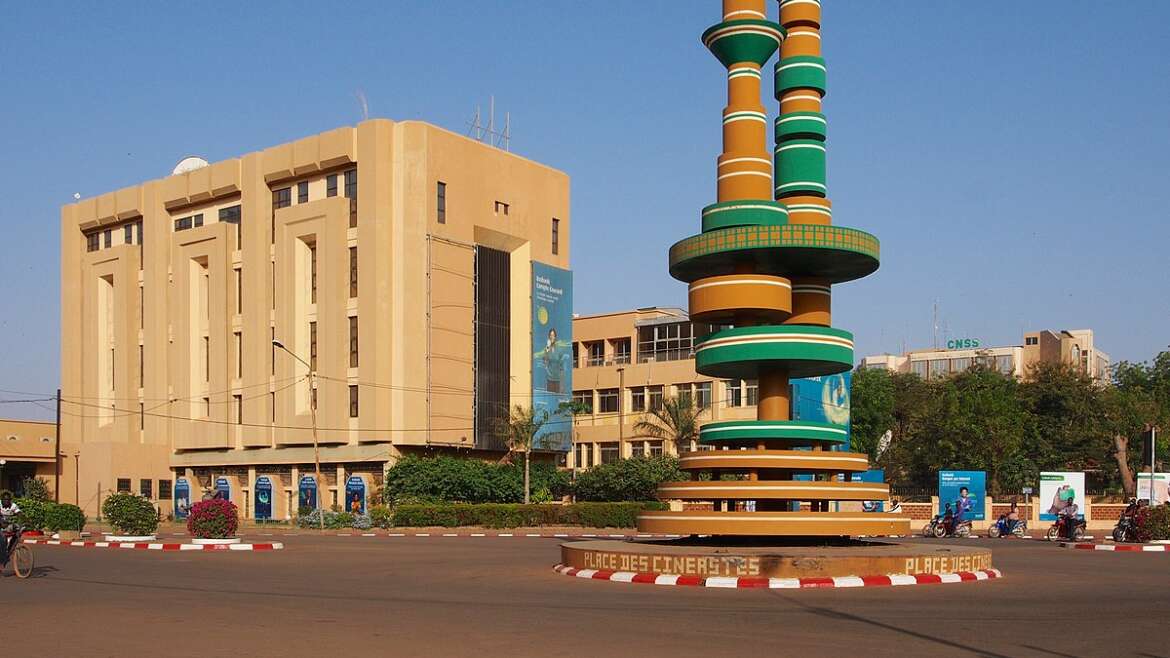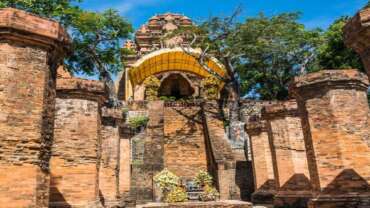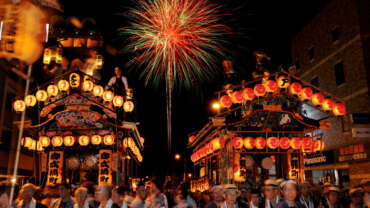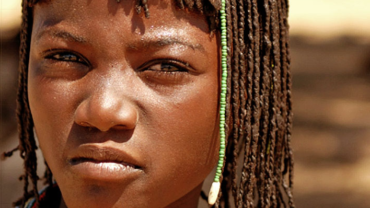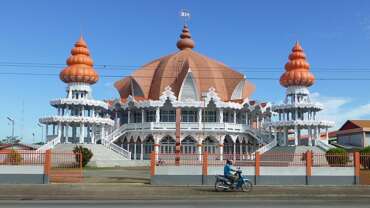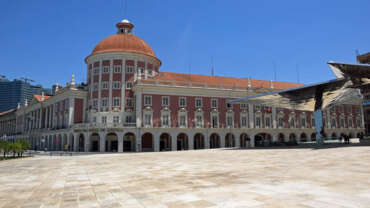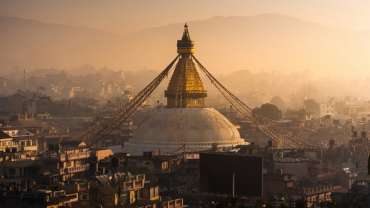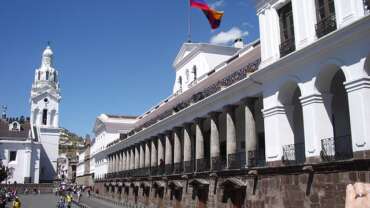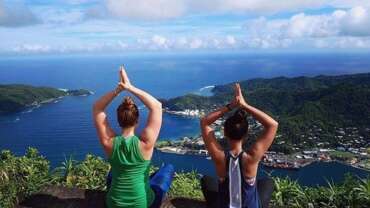Welcome to Burkina Faso
Burkina Faso is a landlocked nation in West Africa. It is surrounded by six countries: Mali to the north, Niger to the east, Benin to the south east, Togo and Ghana to the south, and Côte d’Ivoire to the south west.
Formerly the Republic of Upper Volta, it was renamed on August 4, 1984 by President Thomas Sankara to mean “the land of upright people” (or “upright land”) in Mossi and Dioula, the major native languages of the country.
A impoverished country, several hundred thousand farm workers migrate south every year to Côte d’Ivoire and Ghana in search of paid labour.
– Burkina Faso, formerly Upper Volta, is a landlocked country in West Africa.
– Burkina is ranked one of the poorest countries in the world and also as the most illiterate.
– Burkina is an excellent destination for anyone interested in seeing beautiful West African country and exploring African culture and music.
History of Burkina Faso
Like all of the west of Africa, Burkina Faso was populated early, notably by hunter-gatherers in the northwestern part of the country (12,000 to 5000 BC), and whose tools (scrapers, chisels and arrowheads) were discovered in 1973. Settlements appeared between 3600 and 2600 BC with farmers, the traces of whose structures leave the impression of relatively permanent buildings.
The use of iron, ceramics and polished stone developed between 1500 and 1000 BC, as well as a preoccupation with spiritual matters, as shown by the burial remains which have been discovered.
Relics of the Dogon are found in the centre-north, north and north west region. They left the area between the 15th and 16th centuries BC to settle in the cliffs of Bandiagara. Elsewhere, the remains of high walls are localised in the southwest of Burkina Faso (as well as in the Côte d’Ivoire), but the people who built them have not yet been definitely identified.
Burkina Faso was a very important economic region for the Songhai Empire during the 15th and 16th centuries. From colony to independence In 1896, the Mossi kingdom of Ouagadougou became a French protectorate after being defeated by French forces. In 1898, the majority of the region corresponding to Burkina Faso today was conquered.
In 1904, these territories were integrated into French West Africa in the heart of the Upper-Senegal-Niger (Haut-Sénégal-Niger) colony. Its inhabitants participated in the First World War in the heart of the battalions of the Senegalese Infantry (Tirailleurs sénégalais).
It was originally administered as part of Côte d’Ivoire colony, but became a separate colony in 1919. On March 1, 1919, François Charles Alexis Édouard Hesling became the first governor of the new colony of Upper-Volta, which was broken up September 5, 1932, being shared between the Côte d’Ivoire, Mali and Niger.
On September 4, 1947 Upper-Volta was recreated with its 1932 boundaries. On December 11, 1958, it achieved self-government, and became a republic and member of the Franco-African Community (La Communauté Franco-Africaine).
Full independence was attained in 1960. The country’s first military coup occurred in 1966; it returned to civilian rule in 1978. There was another coup, led by Saye Zerbo in 1980, which in turn was overthrown in 1982. A counter-coup was launched in 1983, which left Captain Thomas Sankara in charge.
Culture of Burkina Faso
Probably the thing Burkina Faso is most famous for is its music and drumming culture. What a great country to visit if you are interested in learning West African drumming!
As with music, art is also part of the culture of Burkina Faso.
The country hosts the International Arts and Crafts Fair, Ouagadougou, better known by its French name as SIAO, Le Salon International de L’Artisanat de Ouagadougou, one of the most important African handicraft fairs in the world.
People of Burkina Faso
Ethnic groups and languages
The major ethnolinguistic group of Burkina Faso is the Mossi. They speak a Niger-Congo language of the Gur branch and have been connected for centuries to the region they inhabit. They have absorbed a number of peoples including the Gurma and the Yarse. The last-mentioned group has Mande origins but is assimilated into the Mossi and shares their language (called Moore). Other Gur-speaking peoples are the Gurunsi, the Senufo, the Bwa, and the Lobi.
Mande languages, which also form a branch of the Niger-Congo family, are spoken by groups such as the Samo, the Marka, the Busansi, and the Dyula. Other groups of Burkina Faso include the Hausa and the Tuareg, whose languages are classified as Afro-Asiatic, and the Fulani, whose language (Fula) is a Niger-Congo language of the Atlantic branch.
Citizens of Burkina Faso, regardless of their ethnic origin, are collectively known as Burkinabé. French is the official language, although it is not widely spoken. Moore, the language of the Mossi, is spoken by a great majority of the population, and Dyula is widely used in commerce.
Religion
More than half the population is Muslim. About one-fifth of the Burkinabé are Roman Catholic, and one-sixth follow traditional religions. Most of the remainder are Protestant or nonreligious. The seat of the Roman Catholic archbishopric is in Ouagadougou, and there are several bishoprics throughout the country.
Cultural Life in Burkina Faso
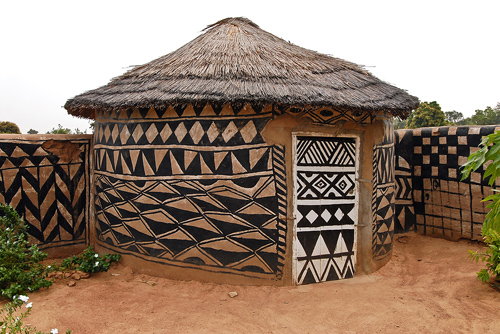
Folkloric traditions are rich in Burkina Faso, reflecting the country’s ethnic diversity. The Mossi are known for creating antelope masks that reach heights of up to 7 feet (2 metres). Bobo butterfly masks and the wood carvings of the Lobi are also well regarded for their artistry. The biennial Pan-African Film Festival (FESPACO) in Ouagadougou is popular, as is the International Crafts Fair, which celebrates the country’s artisans. The National Museum (1962) in the capital city houses artifacts from the country’s diverse ethnic groups. Information about earlier inhabitants of the area can be gleaned from the ruins of a fortified settlement at Loropéni, located in the southern part of the country. The ruins date back some 1,000 years and were designated a UNESCO World Heritage site in 2009.



